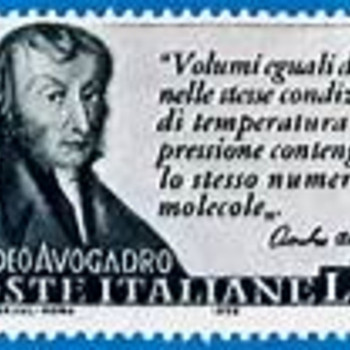Question #1f84a
1 Answer
Given the equation (below), one equiv
Explanation:
Well, we could conceive that
And, as is typical,
We cross multiply to eliminate the electrons from the final equation, i.e.
Are both MASS and CHARGE balanced here? If no, then the reaction is not in the race as a representation of chemical reality. The end point of the reaction is vizualized by the dissipation of the deep purple colour of

